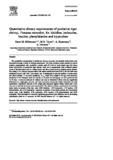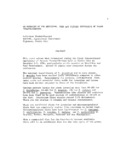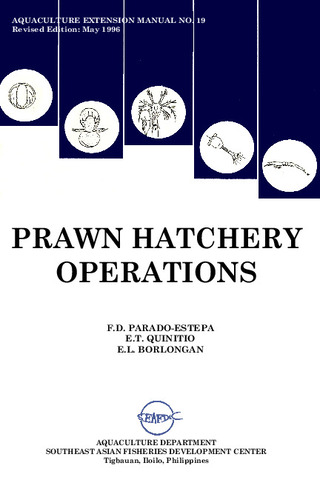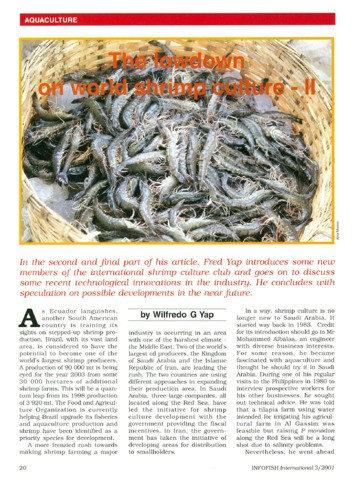Quantitative dietary requirements of postlarval tiger shrimp, Penaeus monodon, for histidine, isoleucine, leucine, phenylalanine and tryptophan
Share
Abstract
The quantitative requirements of postlarvae Penaeus monodon for essential amino acids were determined through a series of feeding experiments. Test diets contained casein–gelatin as natural proteins supplemented with crystalline L-amino acids (CAAs) at levels based upon the tissue amino acid profile of postlarvae tiger shrimp. Each set of experimental diets contained graded levels of the test amino acid in a range below and above those found in shrimp muscle protein. The dietary CAA mixture was pre-coated with carboxymethylcellulose (CMC), and the diets were additionally bound with CMC, corn starch, and K-carrageenan to prevent leaching of amino acids and other nutrients. P. monodon postlarvae, PL20, mean body weight of 20 mg, were randomly distributed to 30-l fiberglass tanks at a density of 10/tank and each group was fed a particular diet for 56 days. A one-way analysis of variance was used to determine if there were any significant differences in weight gain, survival, and feed conversion among the dietary treatments for each experiments. Regression analysis of the weight gain responses against dietary amino acid levels was used to estimate the amino acid requirements. The optimum dietary requirements for essential amino acids, in percent of the diet, were: 0.8% histidine, 1.01% isoleucine, 1.7% leucine, 1.4% phenylalanine, and 0.2% tryptophan. Expressed as percent of the dietary protein, the requirement values were: 2.2% histidine, 2.7% isoleucine, 4.3% leucine, 3.7% phenylalanine, and 0.5% tryptophan. This information is crucial in optimizing growth and feed efficiency and in developing cost-effective diets for P. monodon.
Suggested Citation
Millamena, O. M., Teruel, M. B., Kanazawa, A., & Teshima, S. (1999). Quantitative dietary requirements of postlarval tiger shrimp, Penaeus monodon, for histidine, isoleucine, leucine, phenylalanine and tryptophan. Aquaculture , 179(1-4), 169-179. https://doi.org/10.1016/S0044-8486(99)00160-X
Subject
Taxonomic term
Collections
- AQD Journal Articles [1249]
Related items
Showing items related by title, author, creator and subject.
-
An overview of the nutrition, feed and feeding techniques of prawn penaeid/shrimps
Piedad-Pascual, Felicitas (Philippine Council for Aquatic and Marine Research and Development, 1989)This paper echoes what transpired during the first International Conference of Penaeid Prawns/Shrimps held in Iloilo City in December 4-7, 1984, particularly on the Nutrition nd Feed Development. Around 25 papers were ... -
Prawn hatchery operations
Parado-Estepa, Fe D.; Quinitio, Emilia T.; Borlongan, Emeterio L. (Aquaculture Department, Southeast Asian Fisheries Development Center, 1996-05)The manual, an updated version of the 1984 SEAFDEC/AQD manual, presents the underlying principles and step-by-step instructions of prawn larval and post-larval rearing. The techniques described are not only applicable to ... -
The lowdown on world shrimp culture - II
Yap, Wilfredo G. (INFOFISH, 2001)This paper introduces some new members of the international shrimp culture club and goes on to discuss some recent technological innovations in the industry, particularly the polyculture of tilapia (mainly Oreochromis ...




